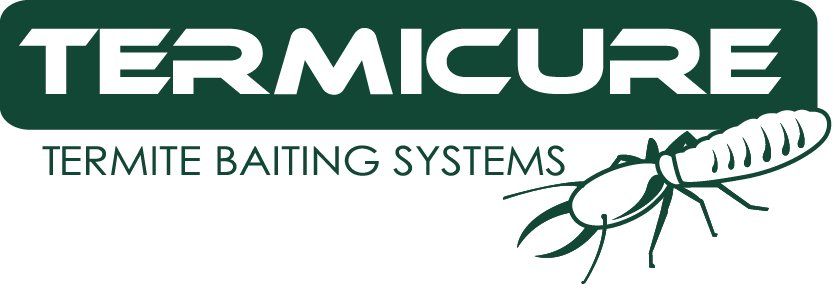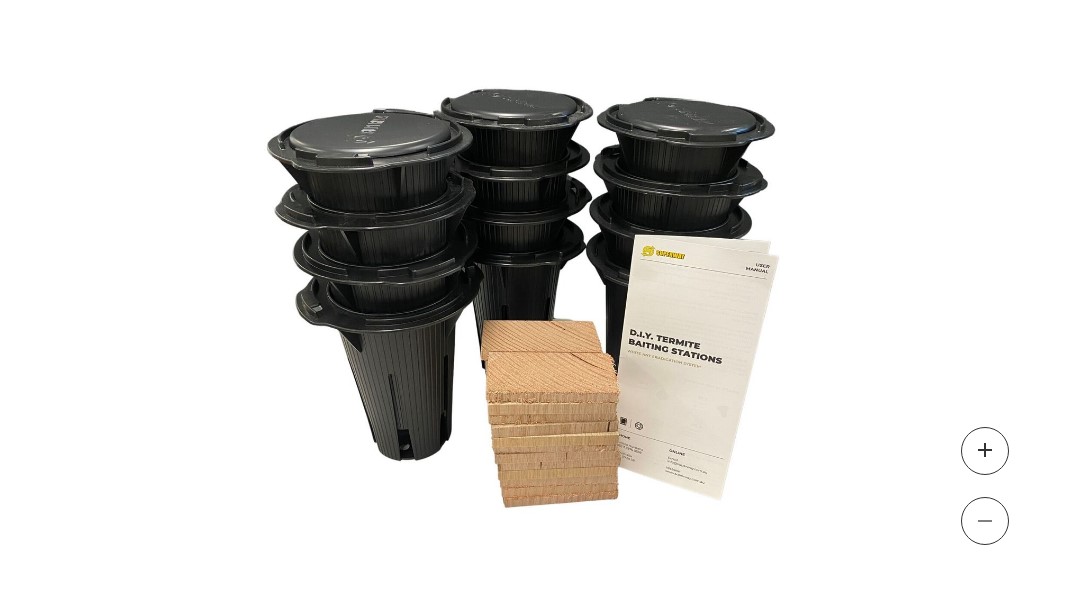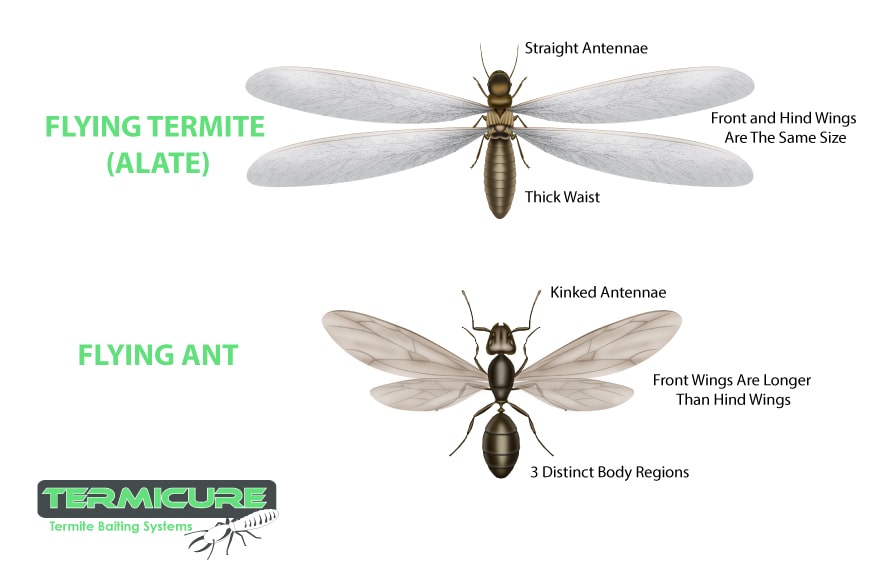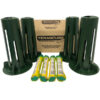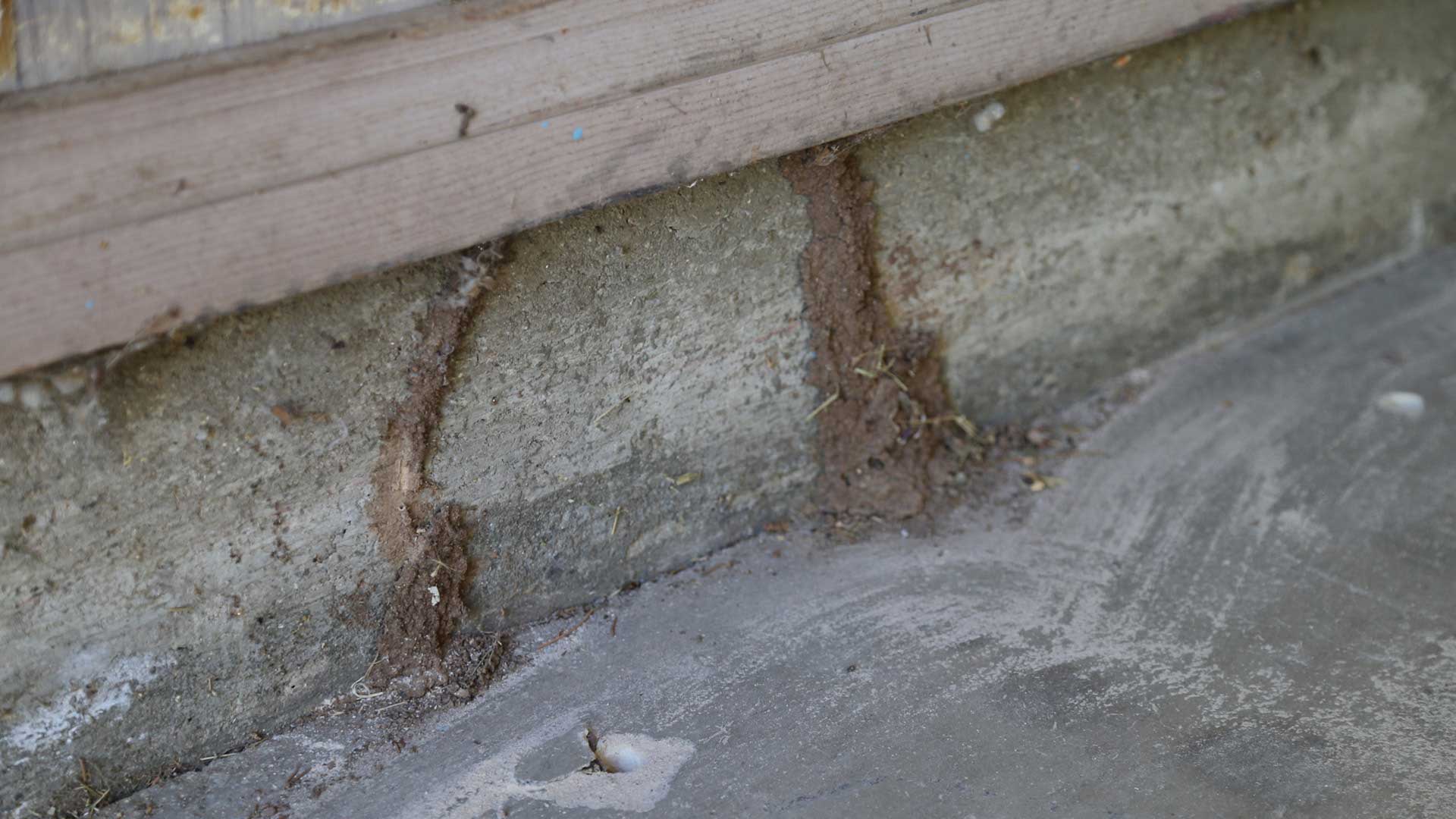
Termites are a major problem in Australia with around 20 different species able to chew through timber anywhere in and around your home. So as you can imagine, it pays to know the signs of an infestation before it spreads too far.
Australian subterranean termite species are small, soft-bodied insects that utilise underground tunnels and timber nests to infiltrate thousands of homes across the country. Similar to black ants, termites are attracted to moisture, sweet food sources and rich soils.
Preventing a termite infestation from happening should be high on your list and new home builds are required to have termite barriers installed to pass government regulations, but older houses may not have barriers installed. A DIY (Do it yourself) termicure Termite Bait station could hep you prevent termites completely, plus save you thousands of dollars in the process.
Don’t leave it until it’s too late and termites have moved in. How would you know? Well here are five warning signs you should watch out for both in and around your home.
1. Mud ‘tubes’
As Australia’s most common termites are subterranean, they require special shelter for protection once they emerge from the ground. Common termite mud tunnels look like miniature tubes, and are often made of dirt or termite droppings. Though it can be difficult to spot these mud tubes, they are one of the most common warning signs of a termite infestation – and enable these critters to travel across exposed terrain to infiltrate your home.
Unfortunately, if mud tunnels are spotted in or on your home, it’s probably too late to proactively combat termites and you will need to get a full inspection of your home. However, avoiding build-ups of moist soil, timber (any kind of wood) or dirt around the perimeter of your house is one way to prevent the frequency of termite travel across your property.
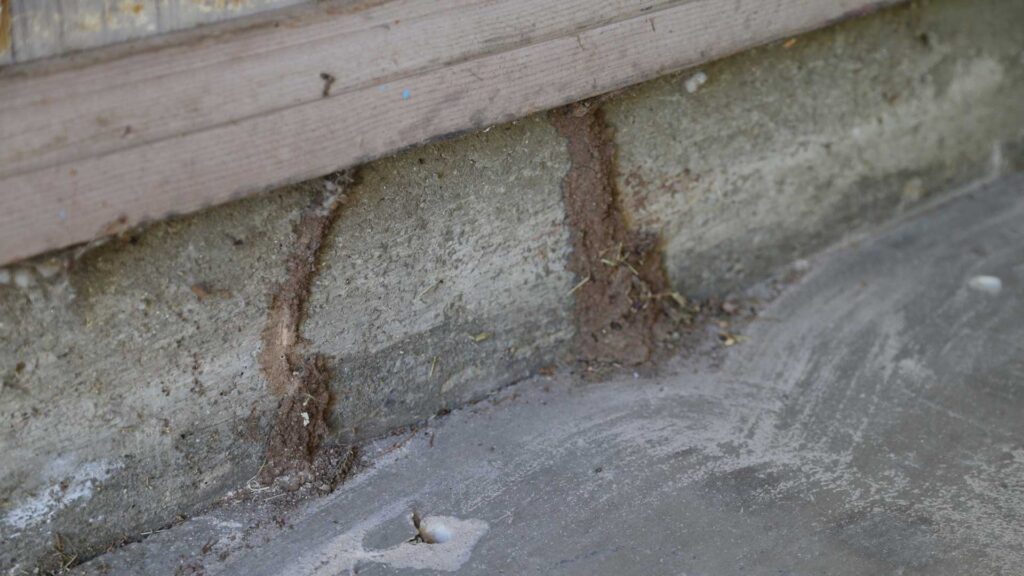
2. Power at your house repeatedly short circuits
Termites are often attracted to the warmth of electrical fittings behind walls – so if you notice that short circuits are a regular occurrence at your place, they may be the reason. A good way to confirm this is by inspecting your electrical fittings and power points. If you spot a build-up of earthy materials such as damp mud or soil, you may have a termite problem.
Attempting to fix these impacted power points yourself is extremely hazardous, so it’s best to contact a professional electrician to clean up the area and fix this for you.
3. Noticeable floor or ceiling damage
Though they mostly eat wood, termites can feed on anything that crosses their path – and though they are small, they can enforce massive amounts of damage to the structural integrity of items such as laminated floors, skirting boards and ceiling beams.
If you spot noticeable blisters, cracks or sags on any of these surfaces, there’s a high possibility that termites are present. Another way to detect termite damage is to knock on timber around your house. If it sounds hollow, it is likely termites have eaten away at it.
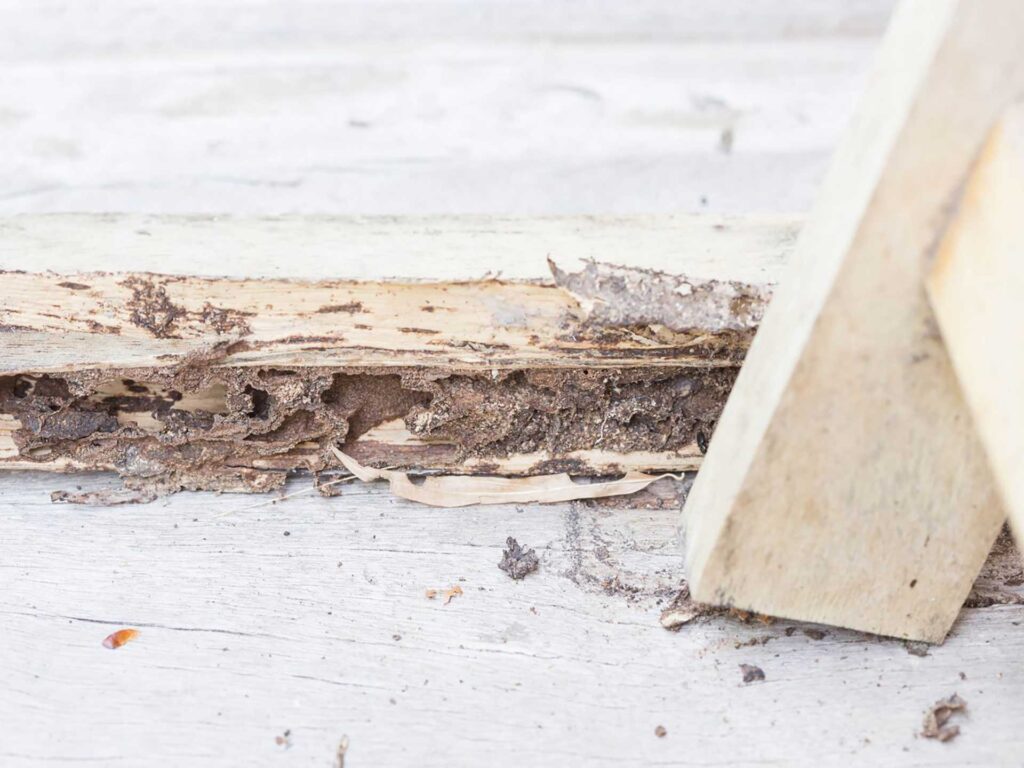
4. Swarms of flying insects outdoors
Australia is home to many species of flying insects – but if you spot swarms of white, winged pests during spring and summer, your home may be a nesting place for alates, or ‘flying termites’. These swarms are a strong indication that termite colonies are present in or around your house.
Alates reproduce in rotting tree stumps or large piles of wood, so it’s a good idea to clear any excess wood from around your house to prevent them from nesting on your property.
5. Cracked paint or plaster on walls
Termite damage to walls often resembles minor water damage, but is quite a serious and complicated issue to fix. This damage often gives the wall paint a ‘bubbling’ or ‘honeycombing’ effect, and is a result of termites eating away at timber in the internal walls, affecting the walls’ structural integrity, and causing cracks in the paint or plaster.
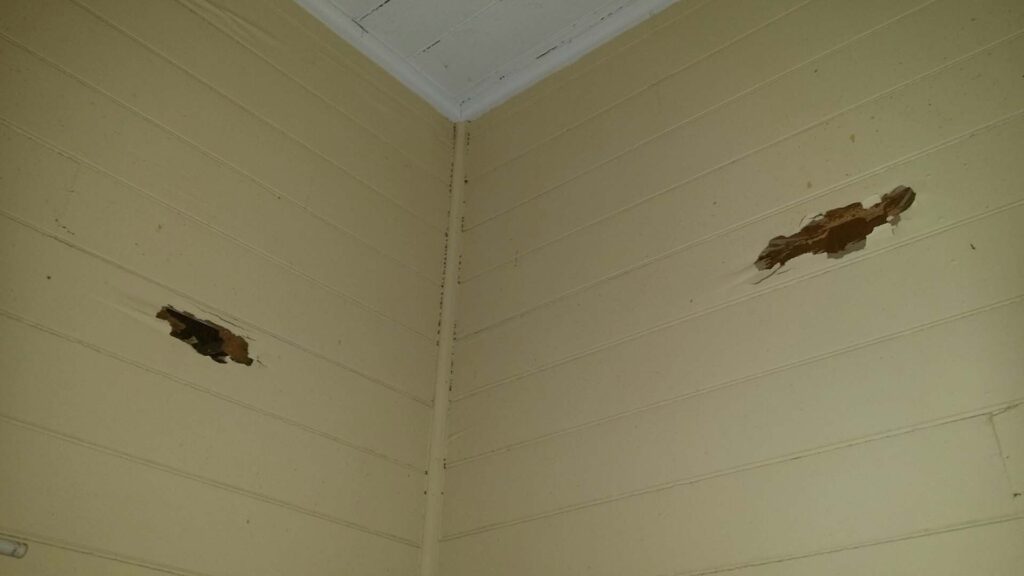
Keep an eye out for any of these signs, but most of all, prevent it happening in the first place! Call us today or visit our online shop to purchase your own DIY termite baiting stations today and stop and threat from the hidden destroyers!
